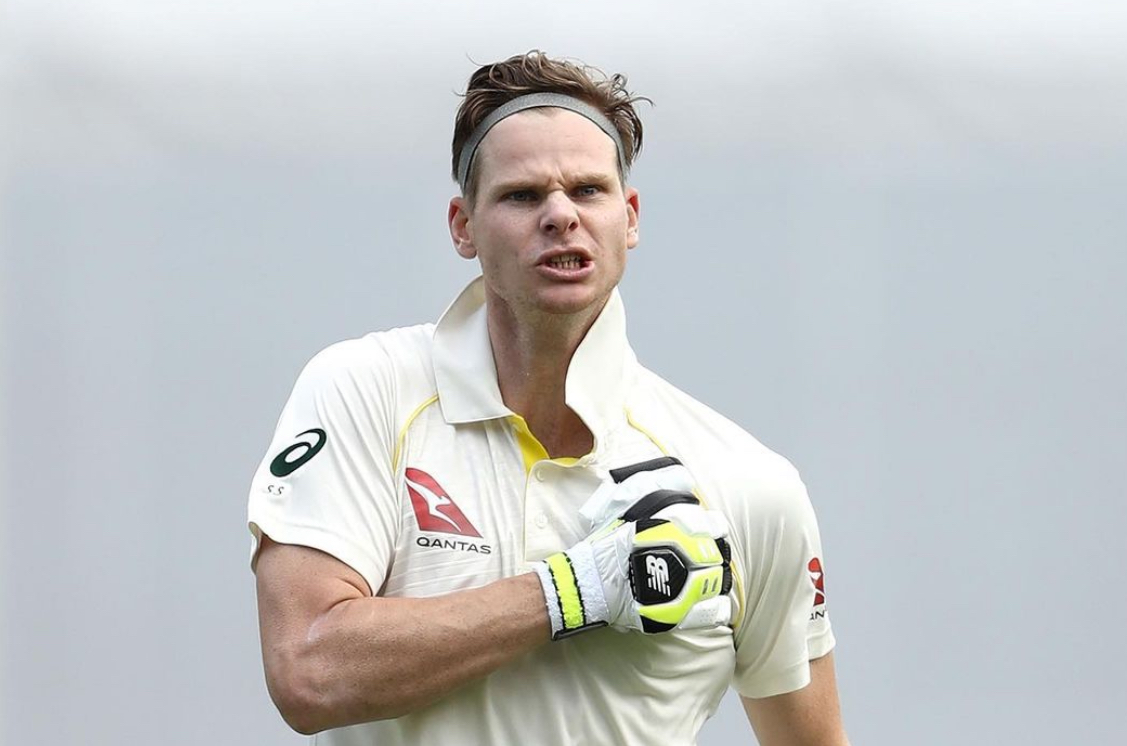Steve Smith will open for the first time in Tests. So far, in 7 positions, here’s his record.
Australia’s David Warner has retired from Test and One-Day International cricket. This has left Australia’s Test and ODI team with an opening slot vacant, particularly needing a strong opener in Test cricket. While the team has multiple options, the management has decided to go with Steve Smith. Smith had expressed his desire to open in Tests alongside Usman Khawaja. He hasn’t opened in Test cricket before and has played on 7 positions so far. Let’s see how he’s performed across these positions.
Debuting in Test cricket in 2010, Steve Smith has batted from number 3 to as low as number 9. Initially considered a leg-spinning all-rounder, he played at numbers 7, 8, and 9, but soon got promoted, starting to bat at number 5. However, intermittently, he had to bat at 6 and 7 as well. For the first four years of his career, he played from 5 to 9 and then got promoted towards the end of 2014 as a number 4 batsman. He consistently played at number 4, then moved to number 3.
Since 2015, he’s rarely played below number 4. He has played the most matches at number 4, followed by number 3 and then number 5. He has only batted 14 times at number 6, while at 7 and 8, it’s been just three times each. He batted at number 9 only once, making his second innings in his debut Test match. He has played 29 innings at number 3, 111 at number 4, and 26 at number 5. His average at number 3 is good, but his overall figures are excellent at number 4.
Batting at number 4 often seems easier as it’s the phase when the ball gets older in Test cricket, providing better opportunities to score runs. Batsmen like Virat Kohli and Kane Williamson prefer this position, similar to Joe Root and Babar Azam, who also bat at this number. When Steve Smith steps onto the field with the new ball, will he leverage his experience, or will he struggle like other batsmen with the red ball’s challenges, including swing and seam movement?
Steve Smith’s Test career:
Number 3 – 29 innings, 8 centuries, 5 half-centuries, 1744 runs.
Number 4 – 111 innings, 19 centuries, 26 half-centuries, 5966 runs.
Number 5 – 26 innings, 4 centuries, 6 half-centuries, 1258 runs.
Number 6 – 14 innings, 1 century, 1 half-century, 325 runs.
Number 7 – 3 innings, 1 half-century, 121 runs.
Number 8 – 3 innings, 1 half-century, total of 88 runs.
Number 9 – 1 innings, only 12 runs.”

